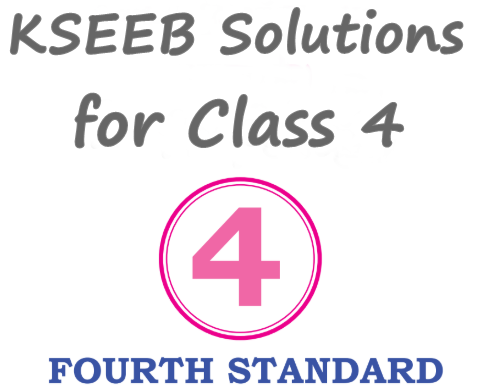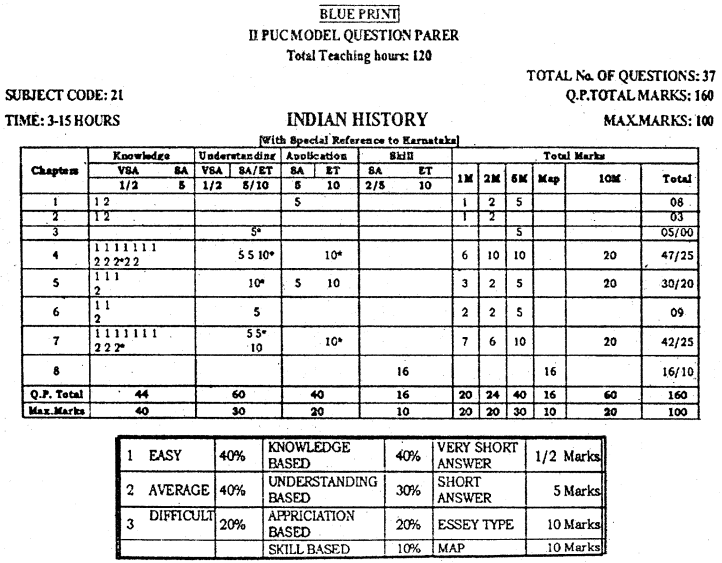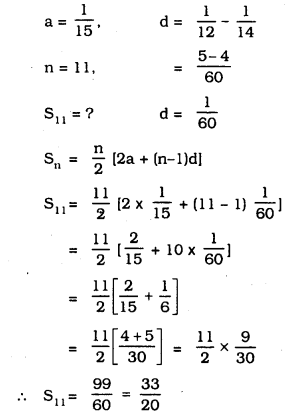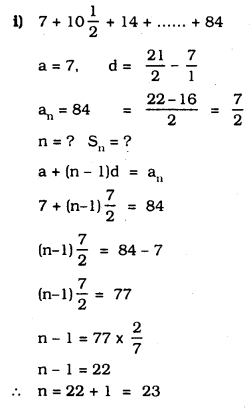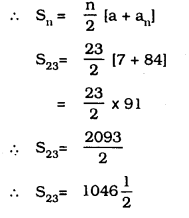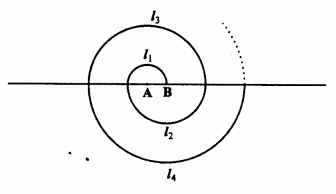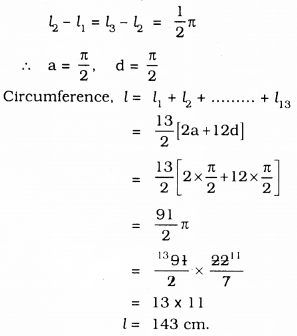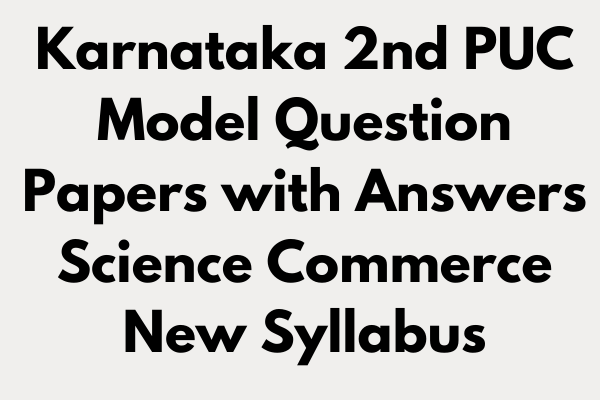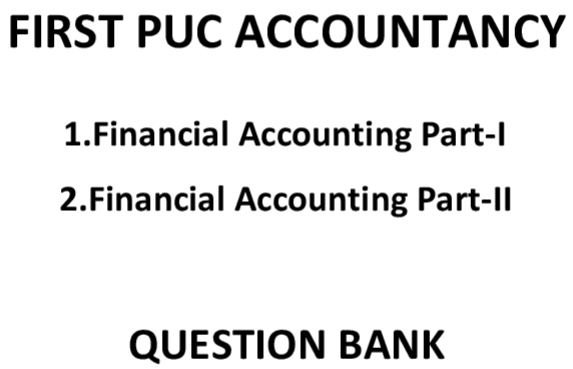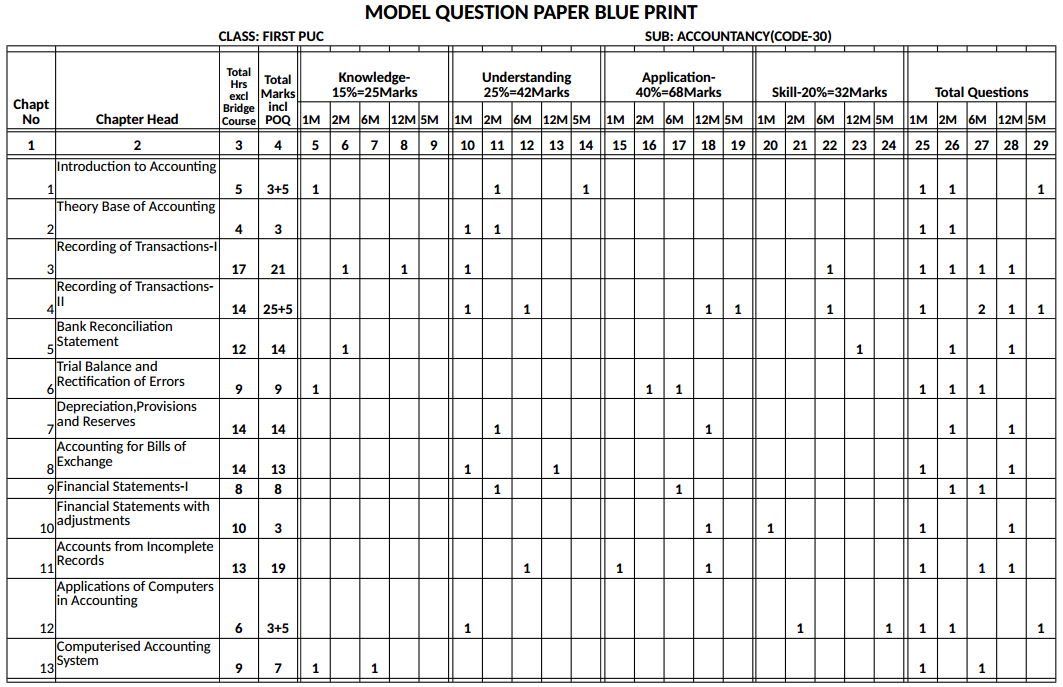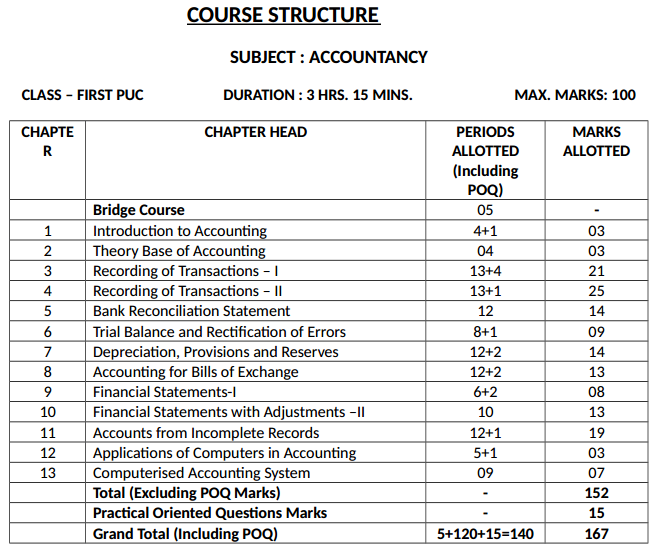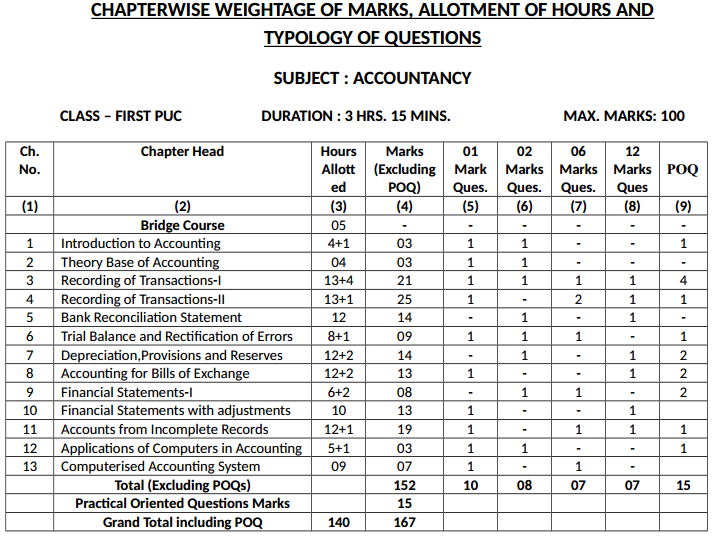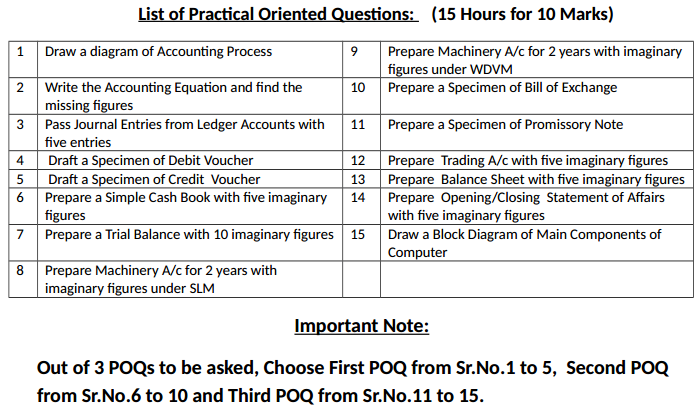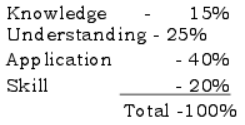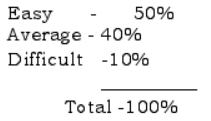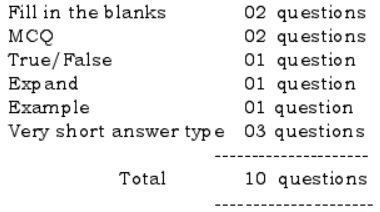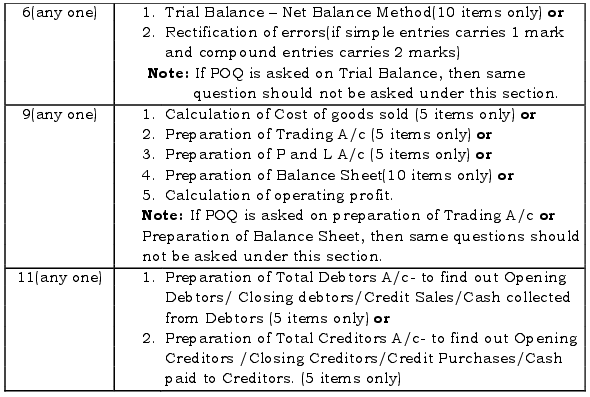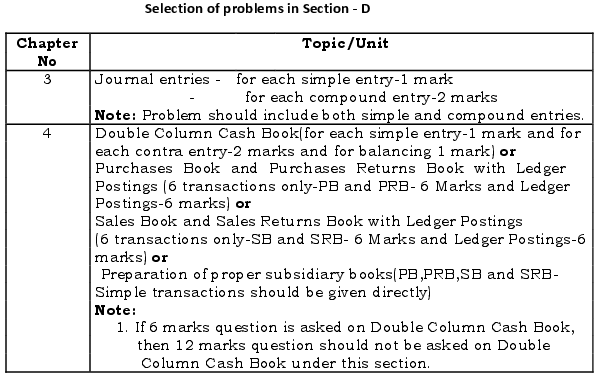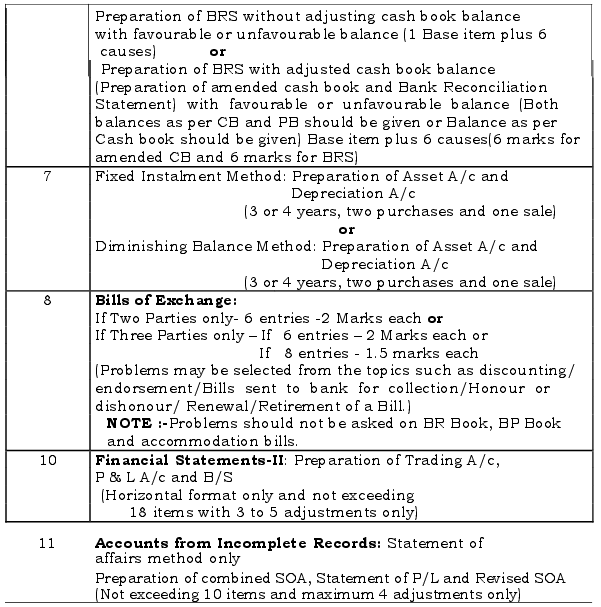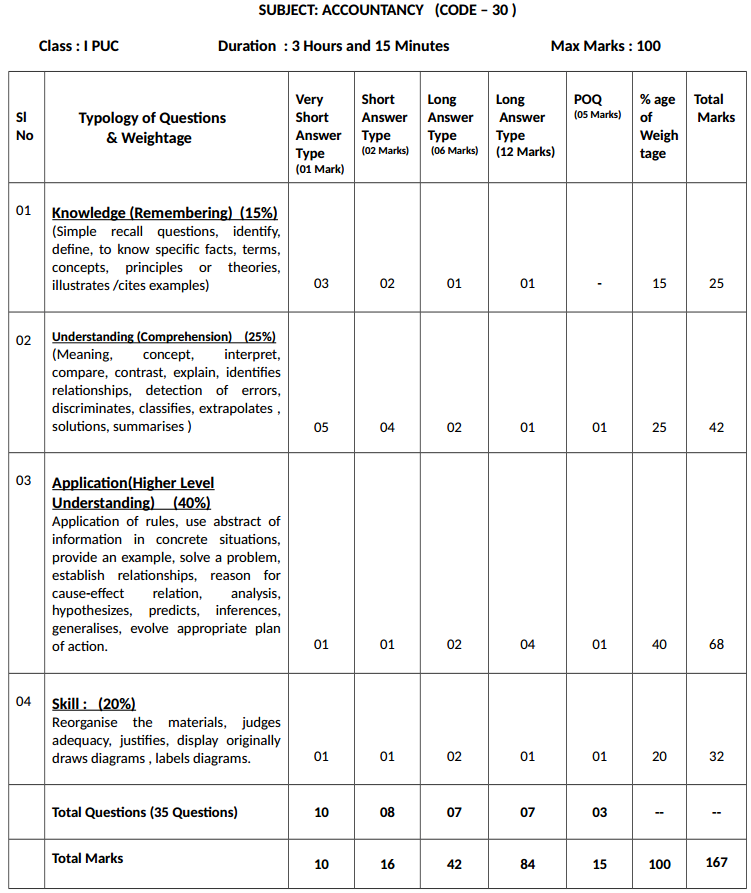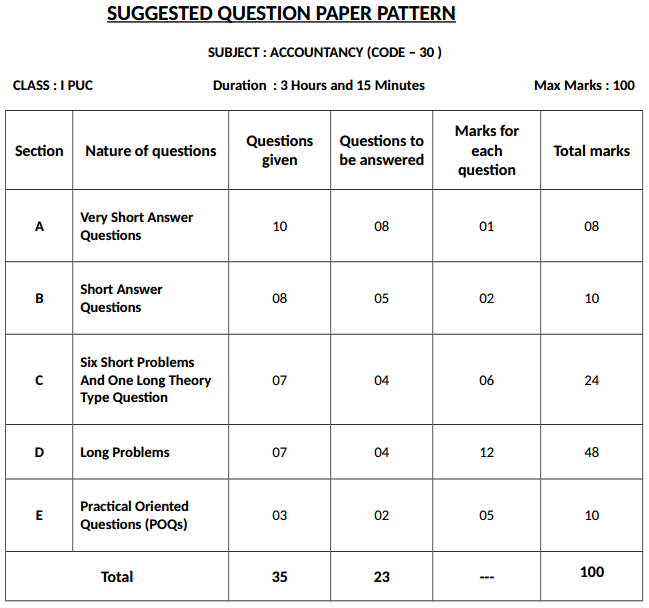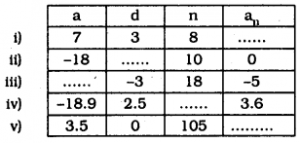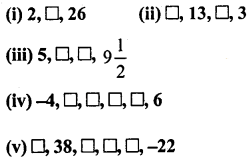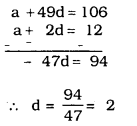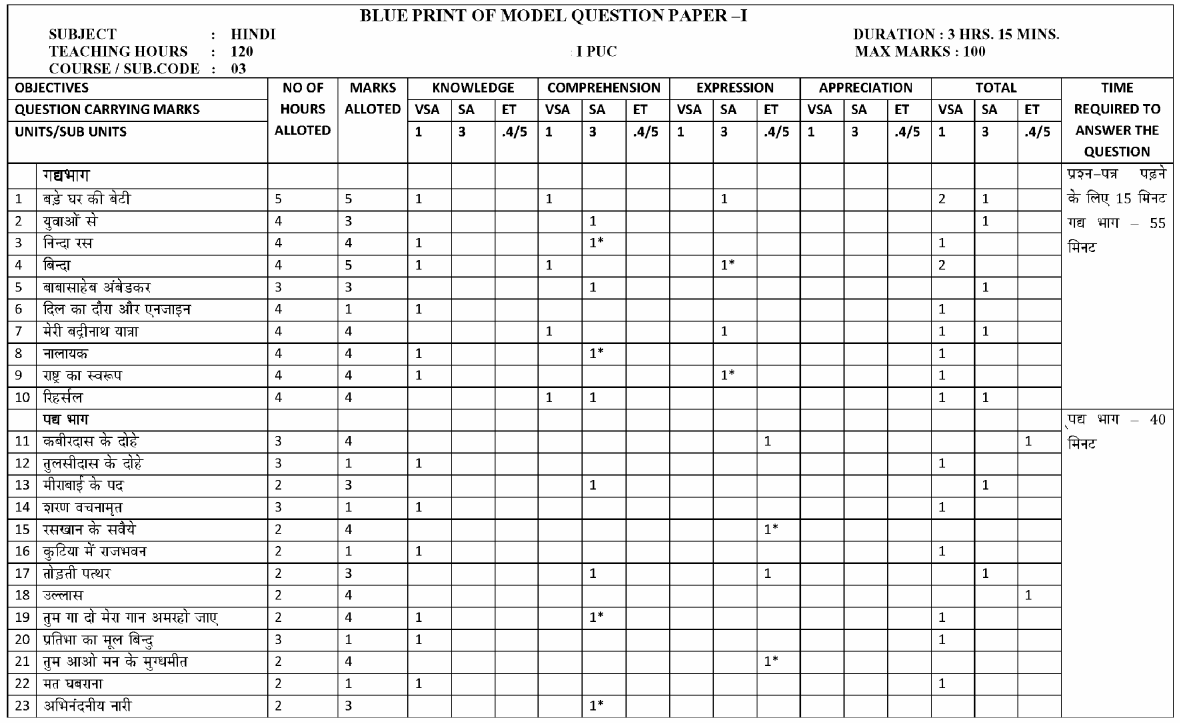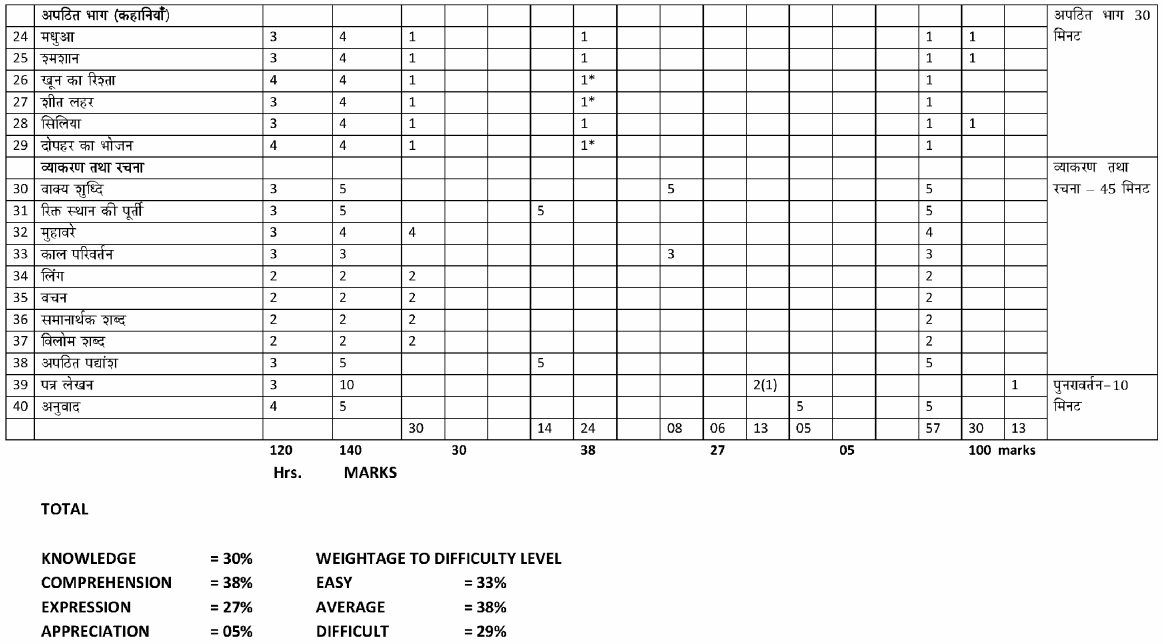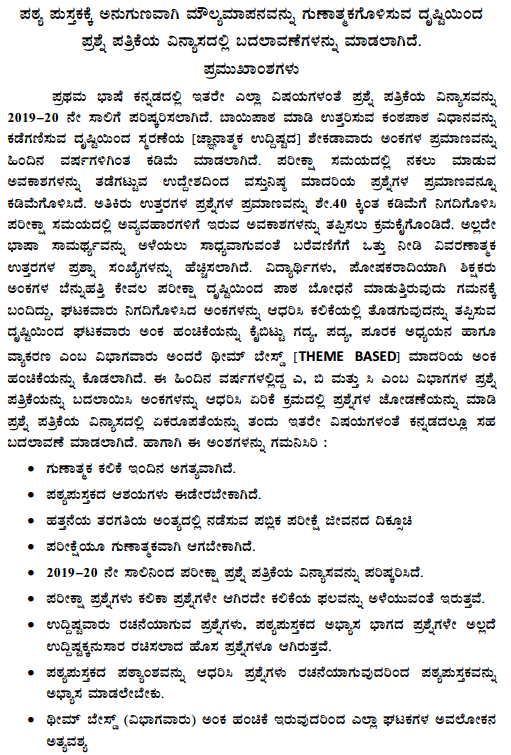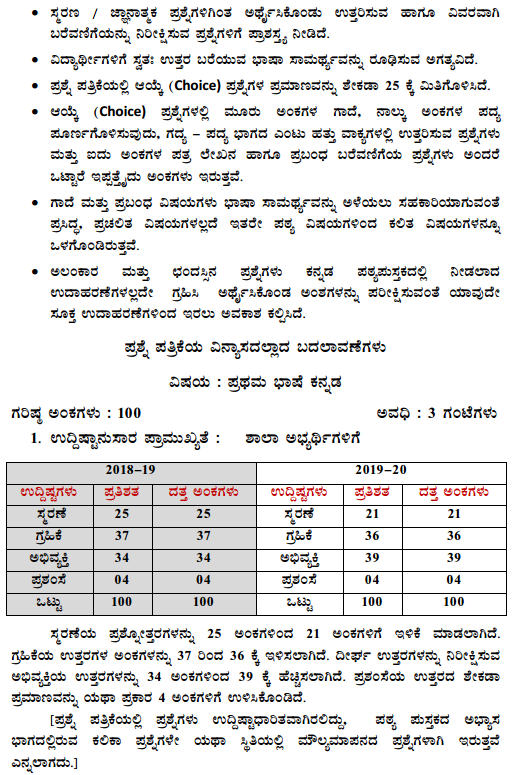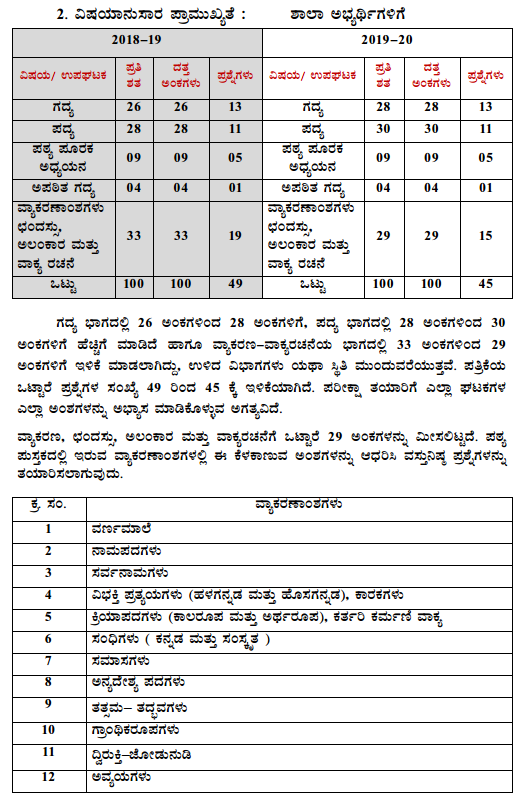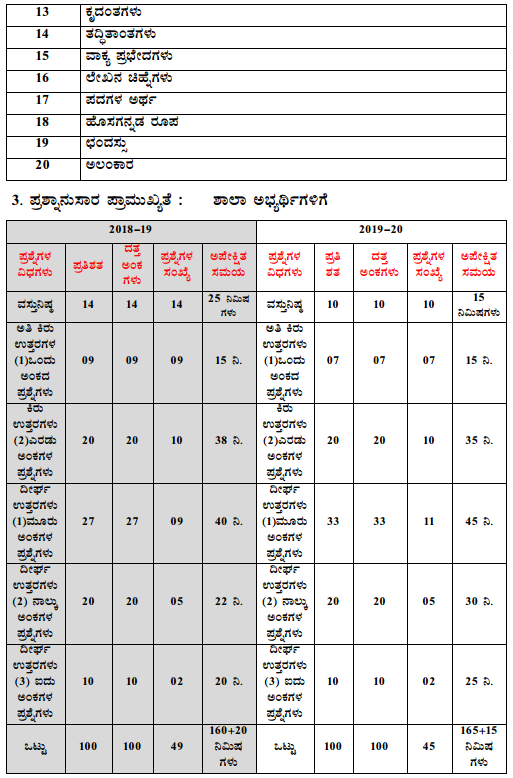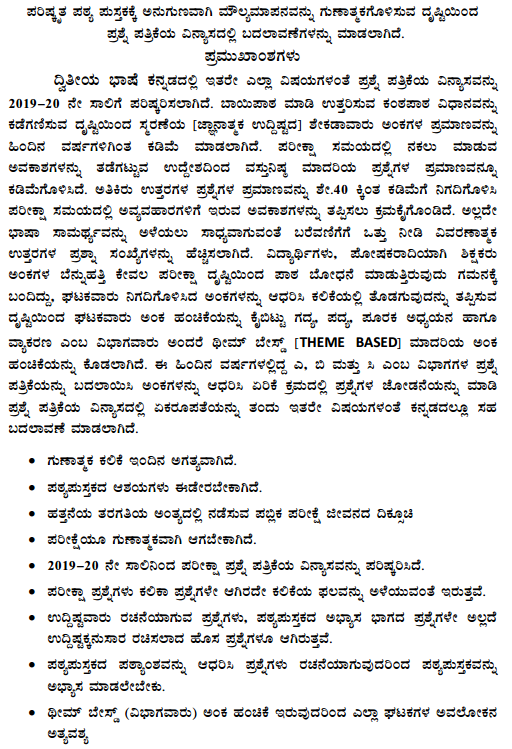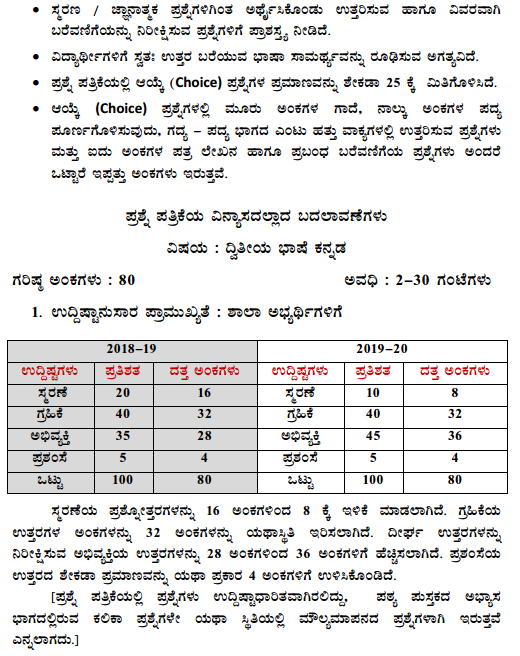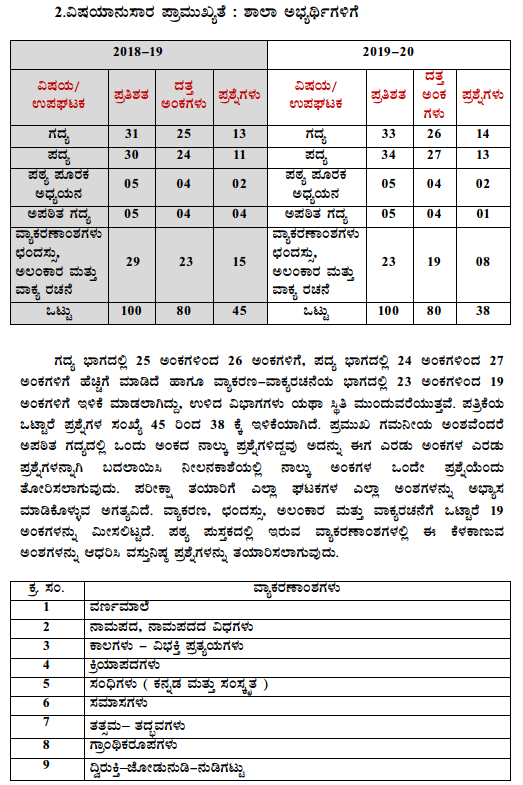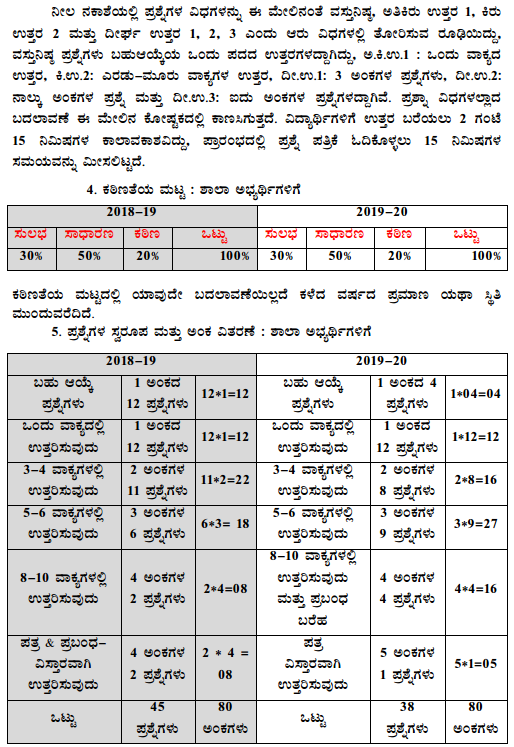Nudi Kannada Text Book Class 10 Answers Solutions Guide Notes Pdf free download is part of KSEEB SSLC Class 10 Solutions. Here we have given Karnataka State Board Syllabus 10th Standard 3rd Language Nudi Kannada Textbook Solutions. Students can also read Siri Kannada Text Book Class 10 Solutions of 1st language and Tili Kannada Text Book Class 10 Solutions of 2nd language.
Students can also read Karnataka SSLC Kannada Model Question Papers with Answers.
Nudi Kannada Text Book Class 10 Answers Solutions Guide
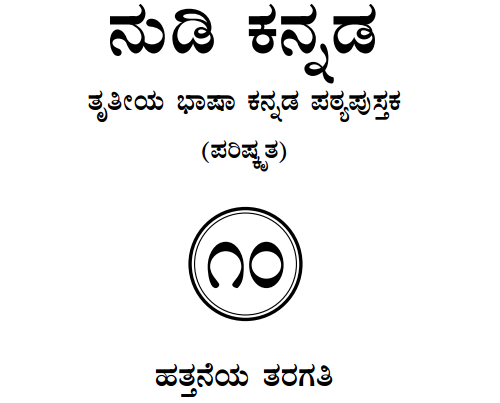
Class 10 Nudi Kannada Gadya Padya Bhaga Karnataka State Board Solutions
- Chapter 1 Lakappinalli Ondu Ratri
- Chapter 2 Kattatheva Navu
- Chapter 3 Kodagina Gauramma
- Chapter 4 Bhumitaya Kudigalu
- Chapter 5 Shishunala Sharifa Sahebaru
- Chapter 6 Grandhalayadalli
- Chapter 7 Dhwajarakshane
- Chapter 8 Basavannanavara Vachanagalu
- Chapter 9 Karnatakada Veera Vanitheyaru
- Chapter 10 Udara Vairagya
- Chapter 11 Nanna Pustaka Prapancha
- Chapter 12 Janapada Geete
Class 10 Nudi Kannada Pathya Puraka Adhyayana Karnataka State Board Solutions
Karnataka SSLC Class 10 Nudi Kannada Grammar and Writing Skills
KSEEB SSLC Class 10 Maths Solutions
KSEEB SSLC Class 10 Science Solutions
We hope the given Nudi Kannada Text Book Class 10 Solutions Answers Guide Notes Pdf free download will help you.
If you have any queries regarding Karnataka State Board NCERT Syllabus SSLC 10th Standard 3rd Language Nudi Kannada Textbook Answers, drop a comment below and we will get back to you at the earliest.

